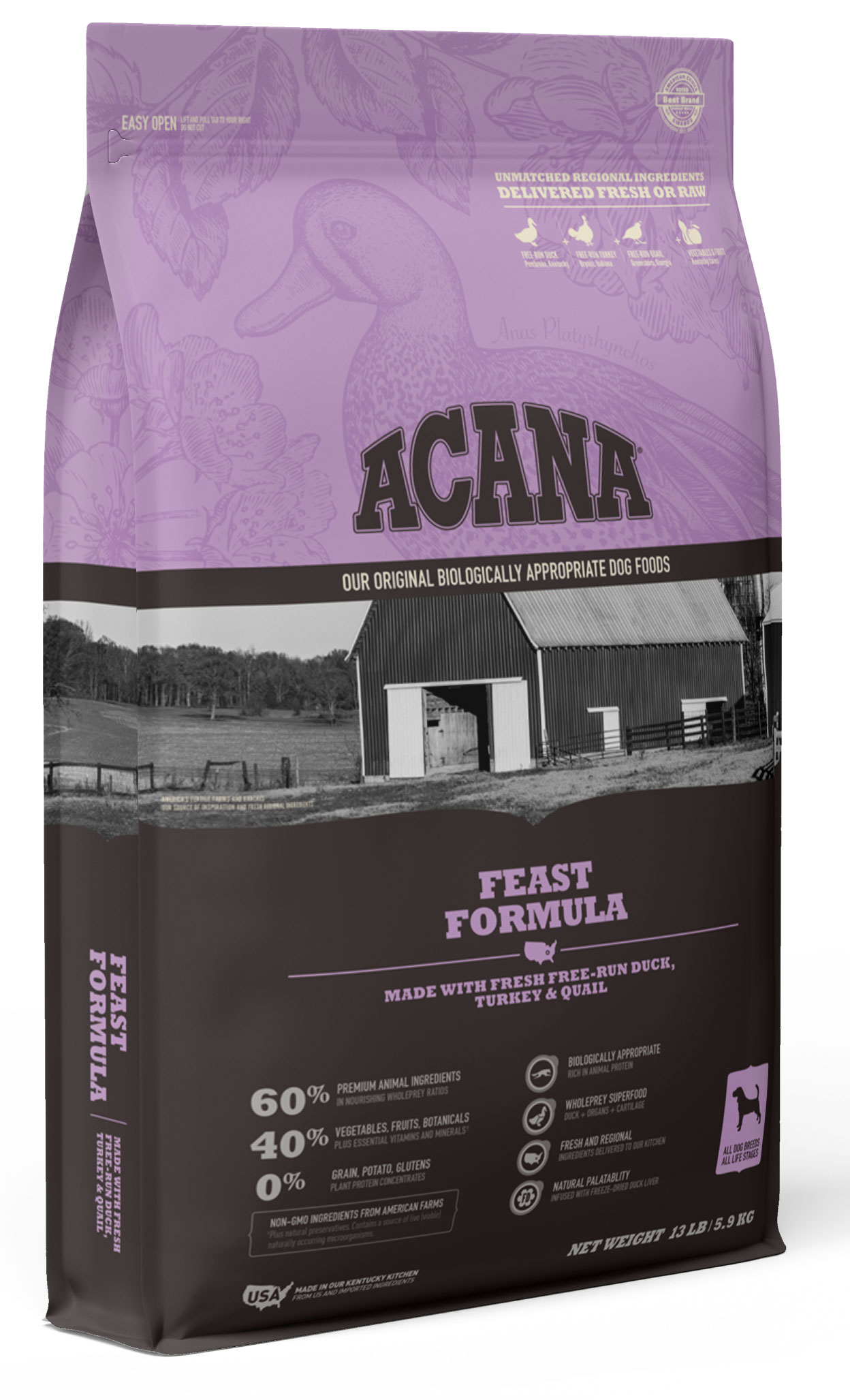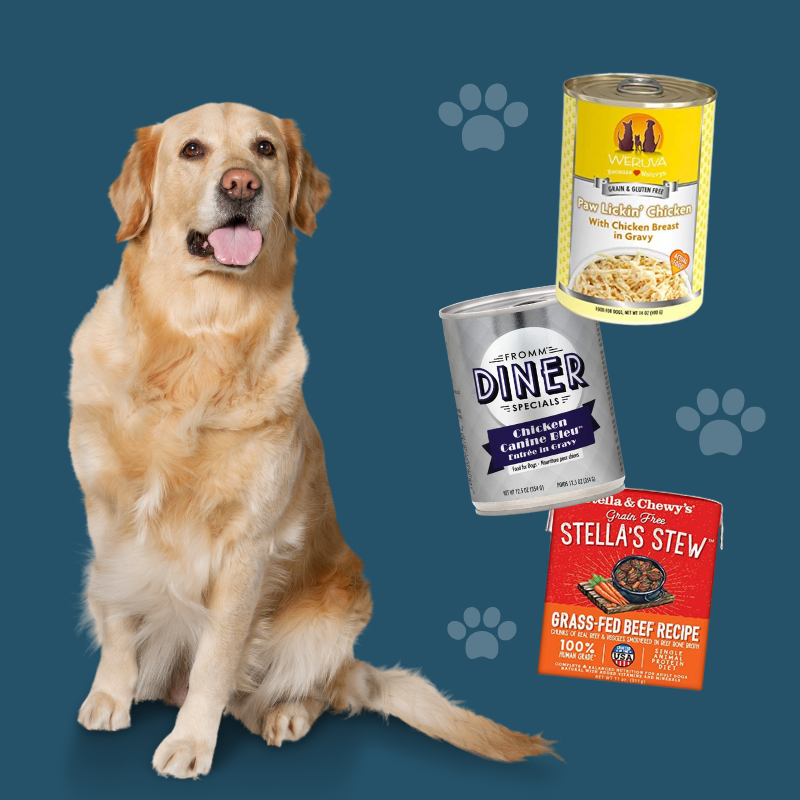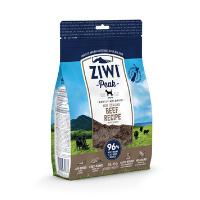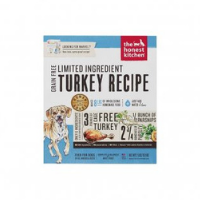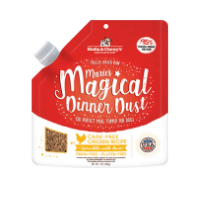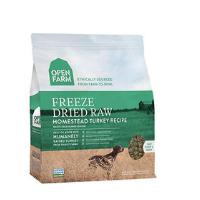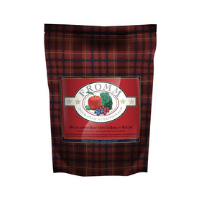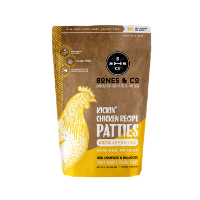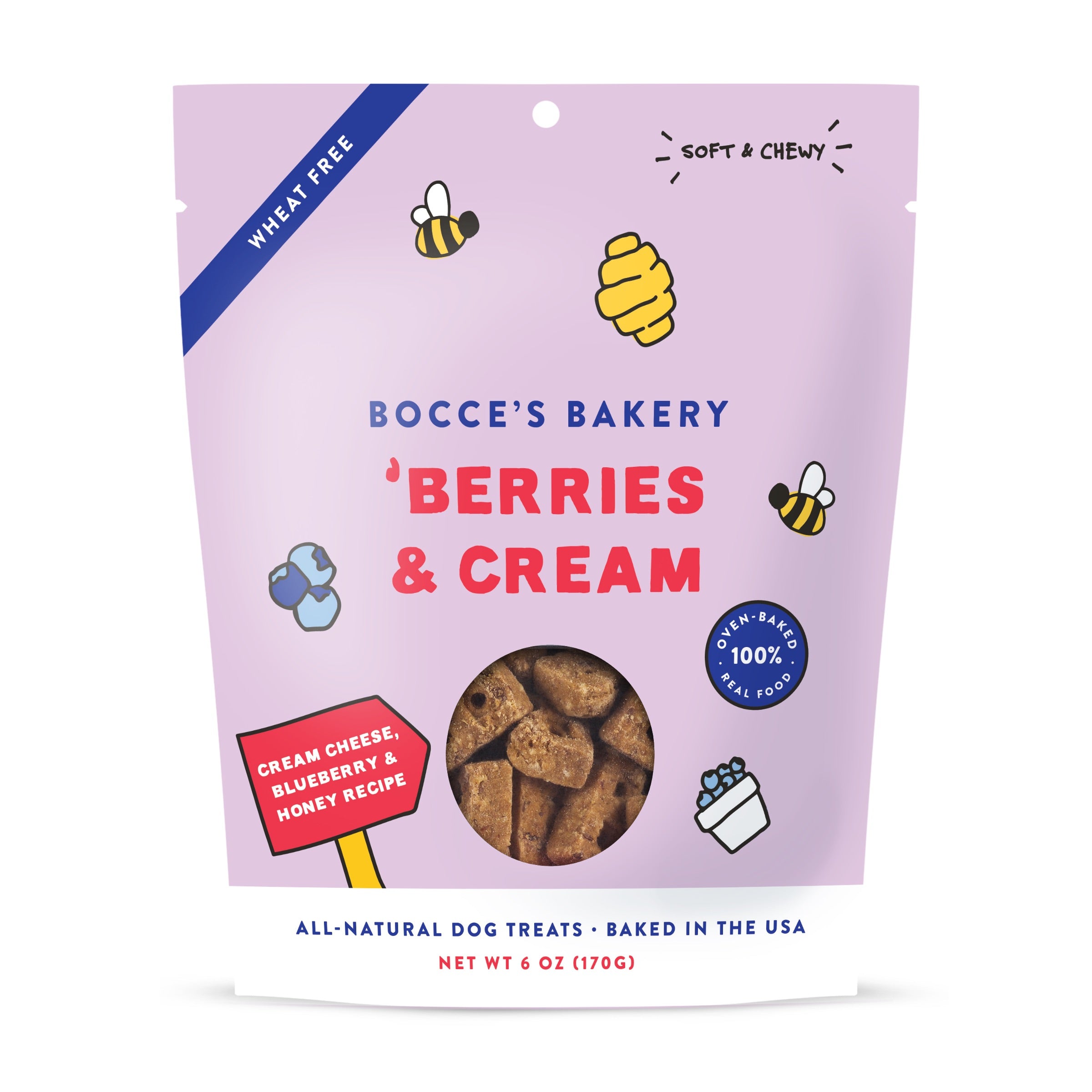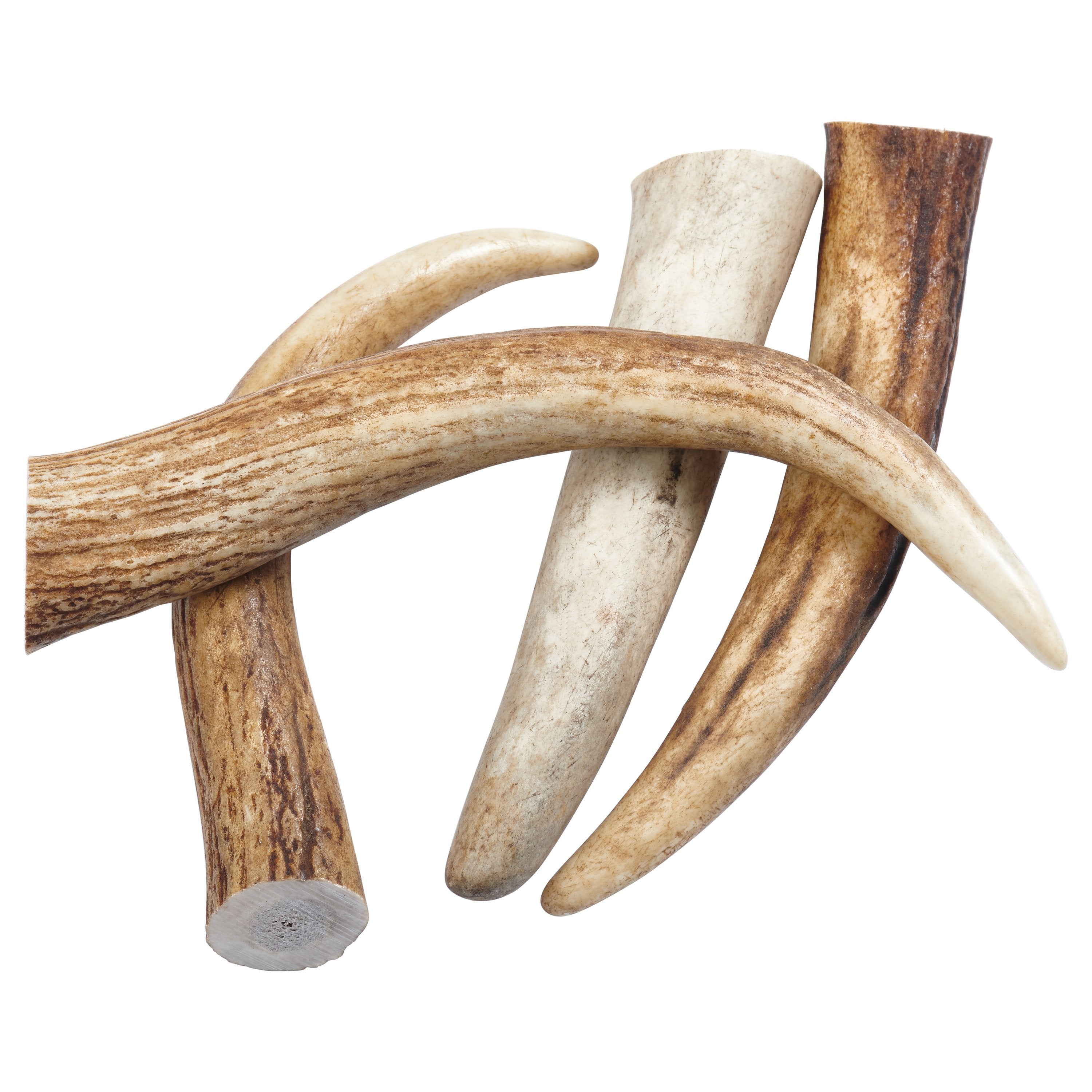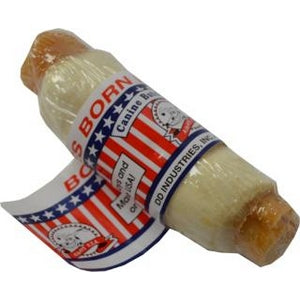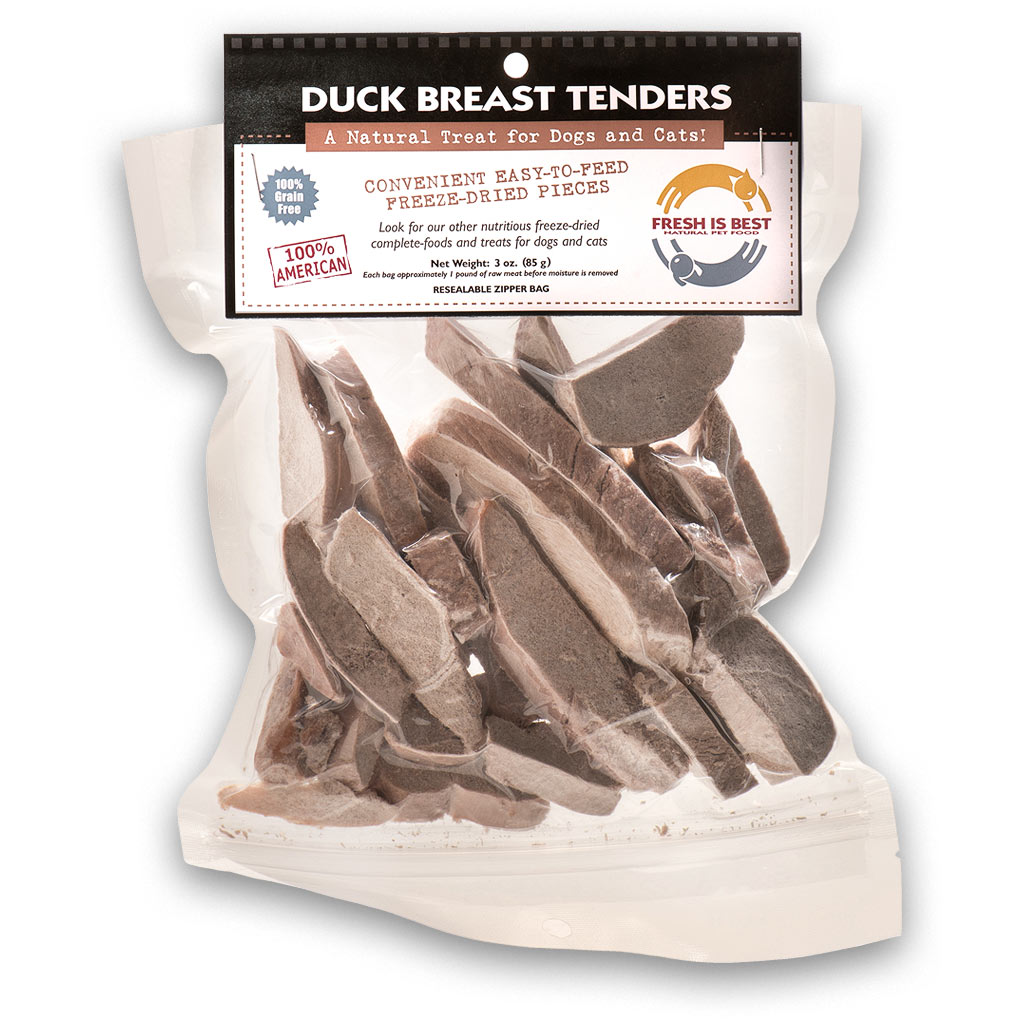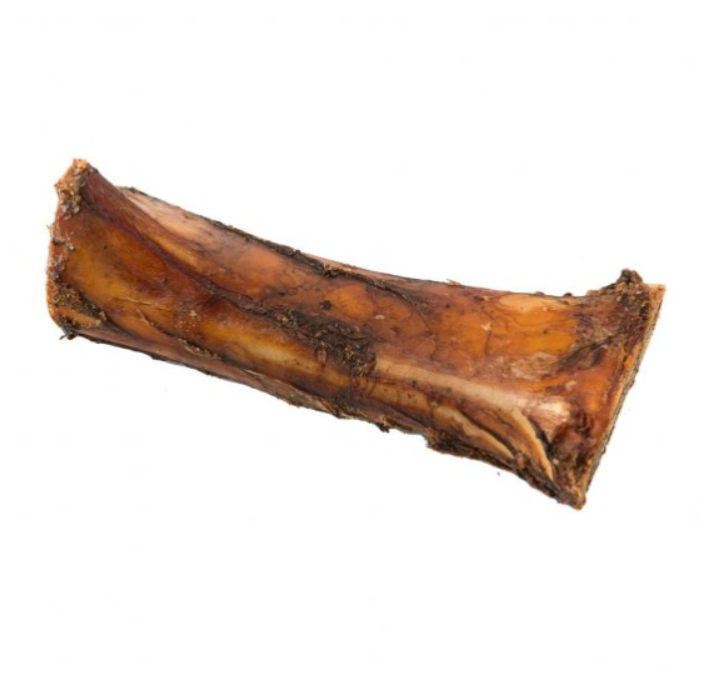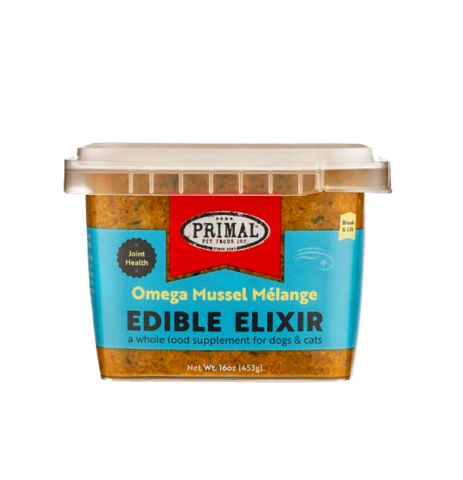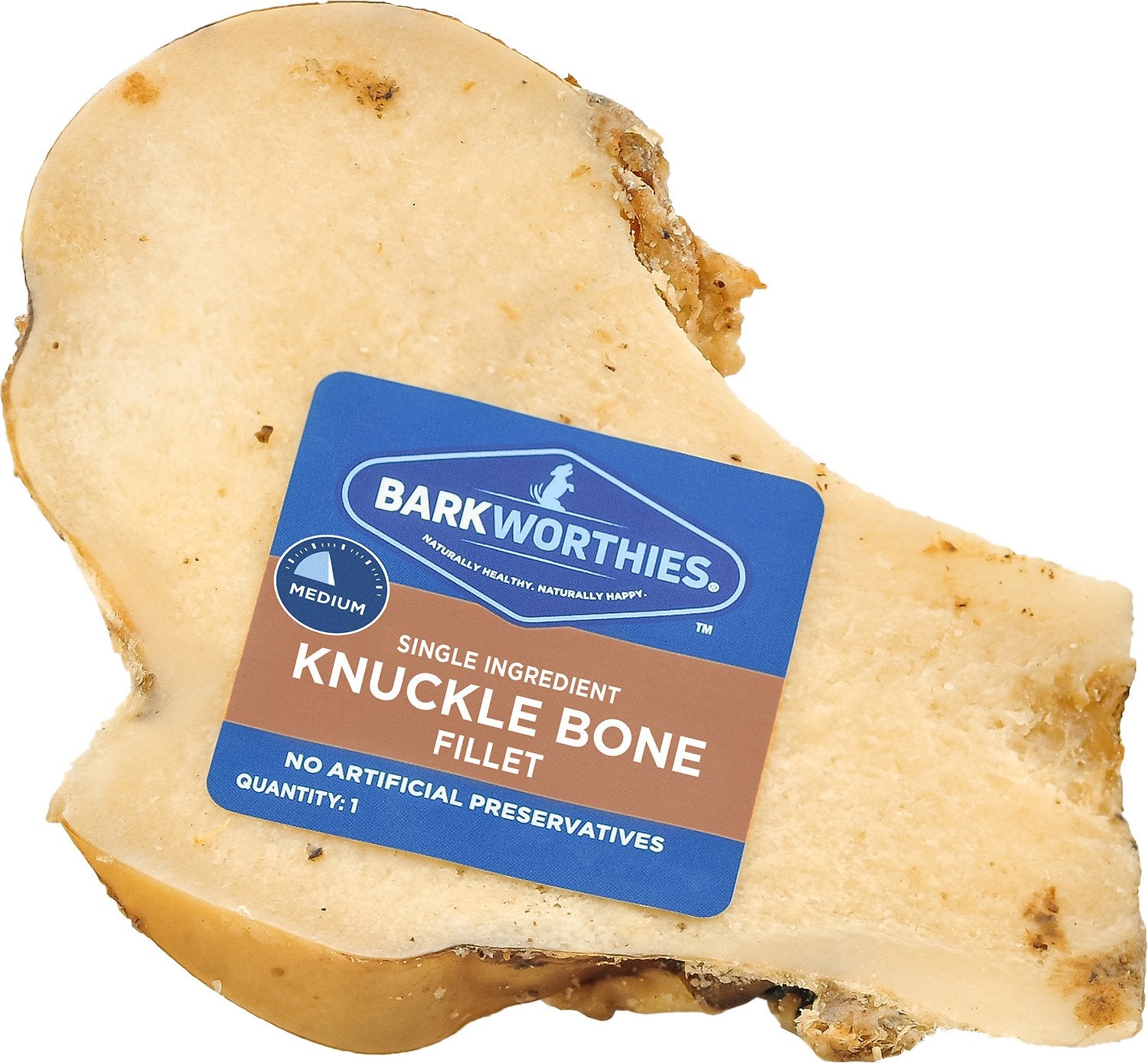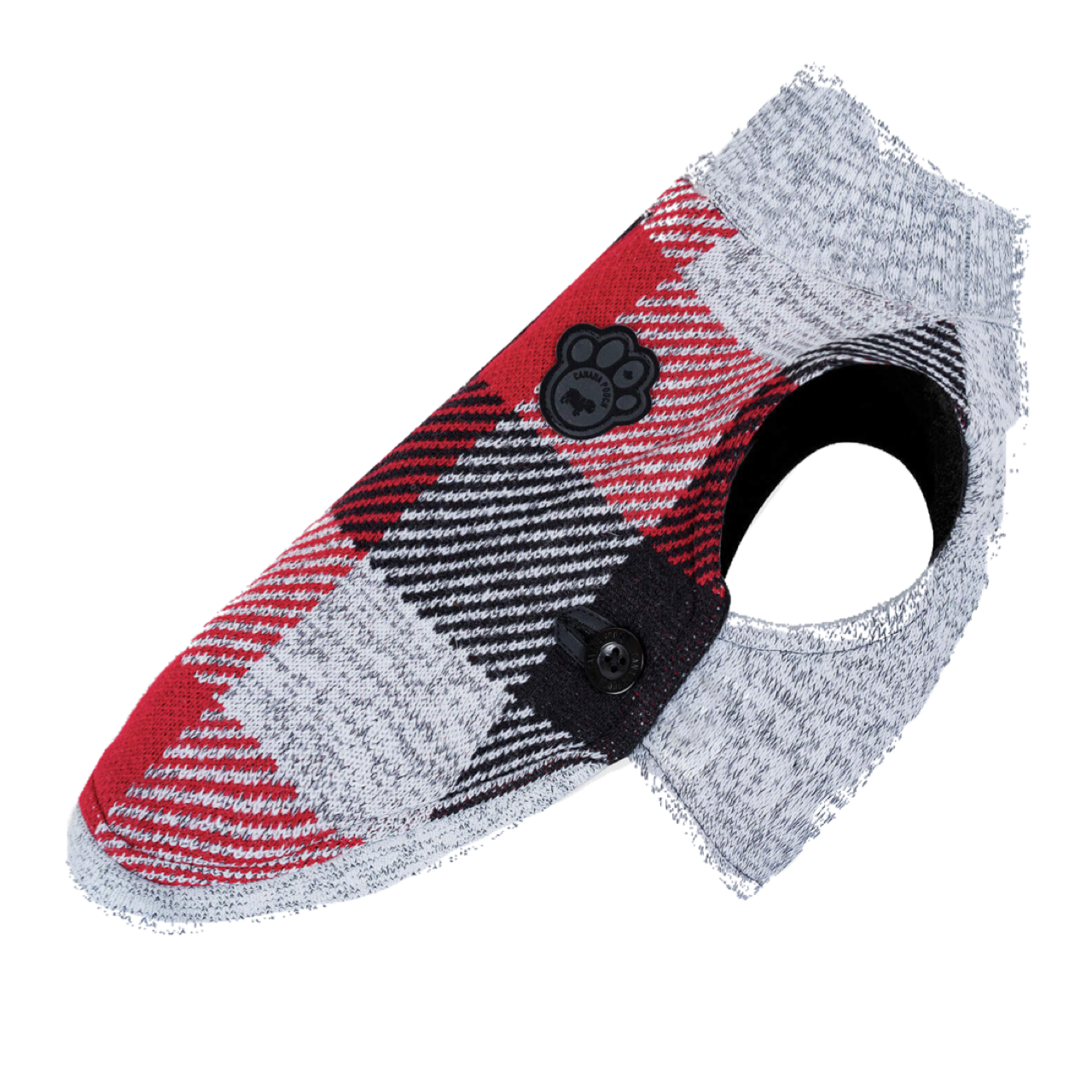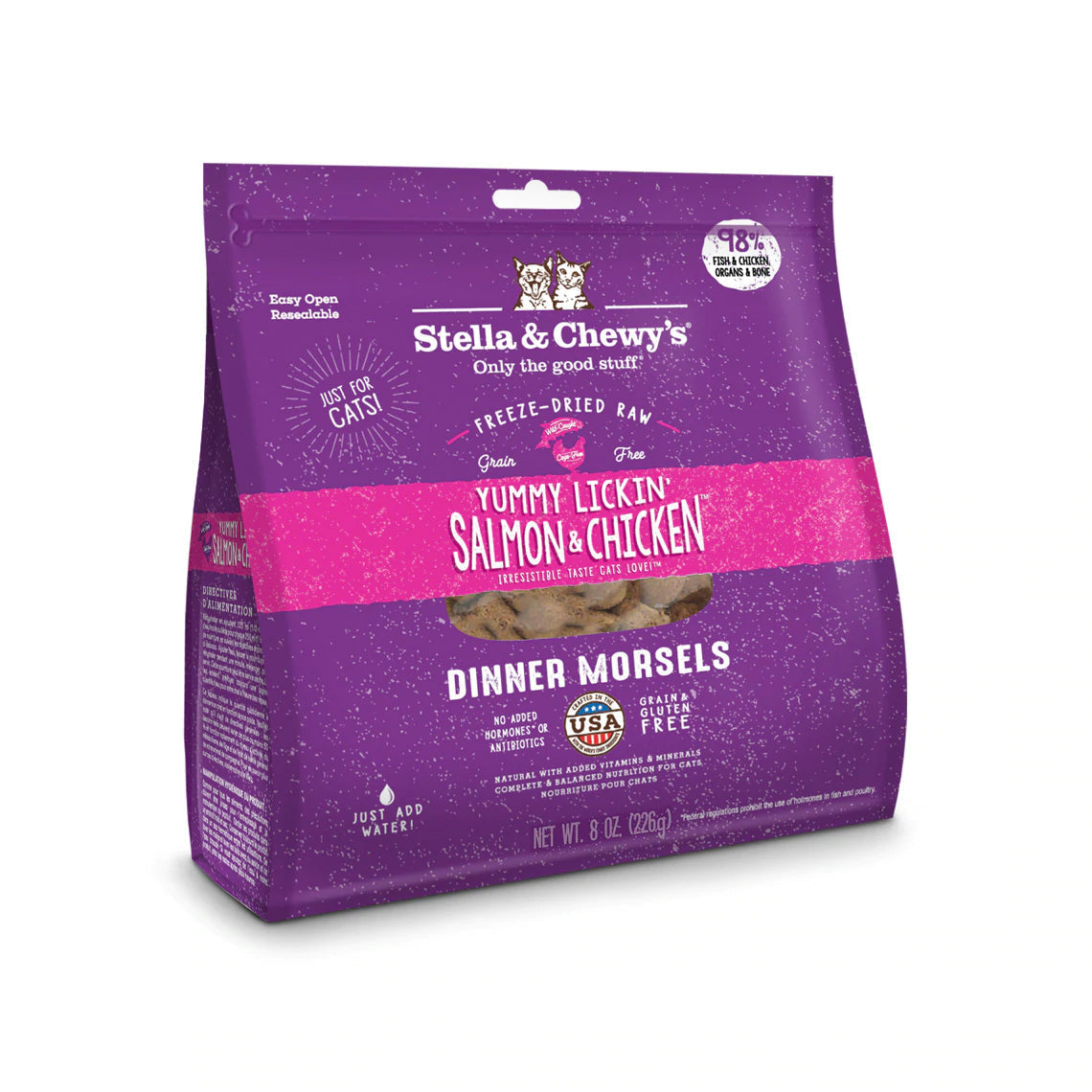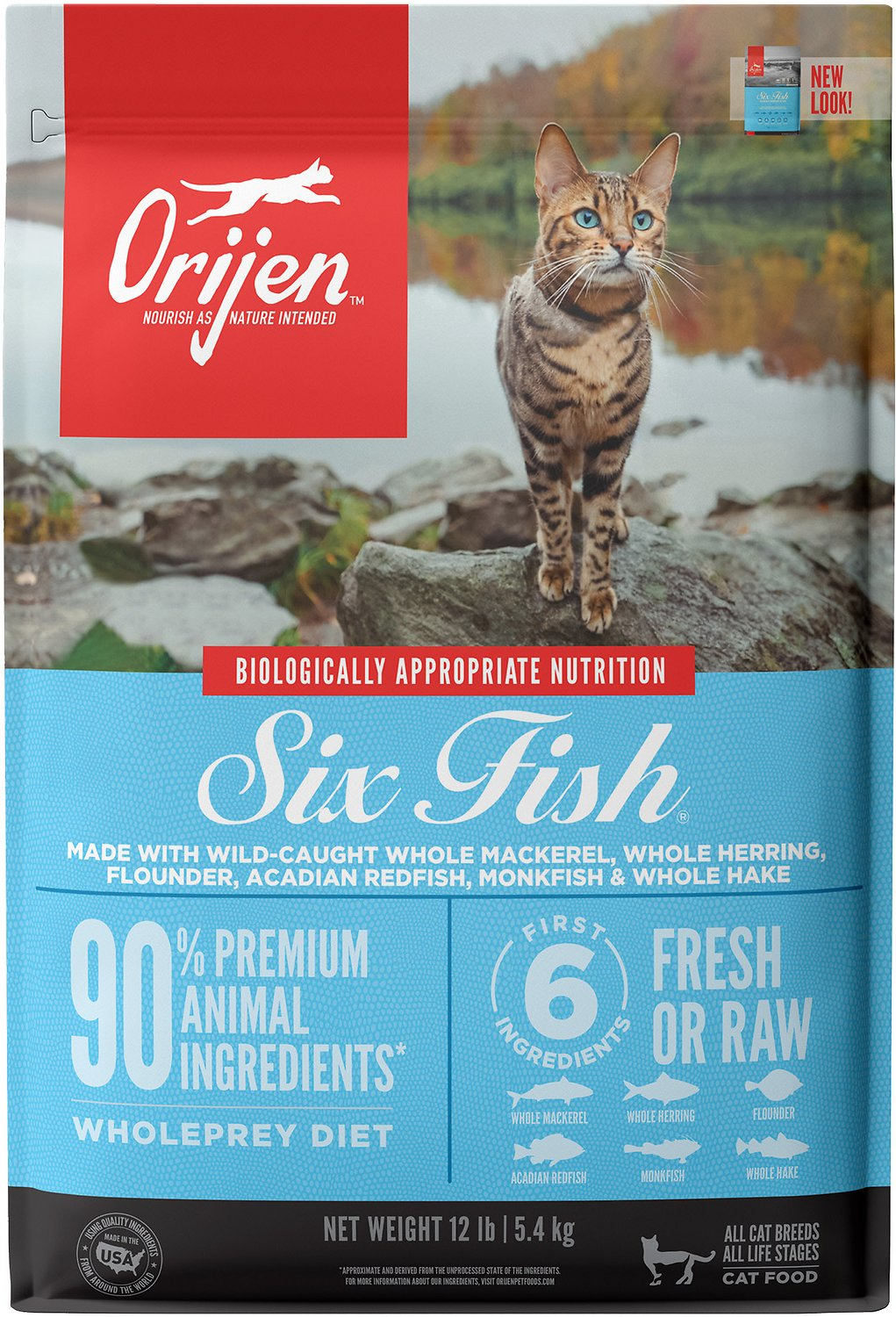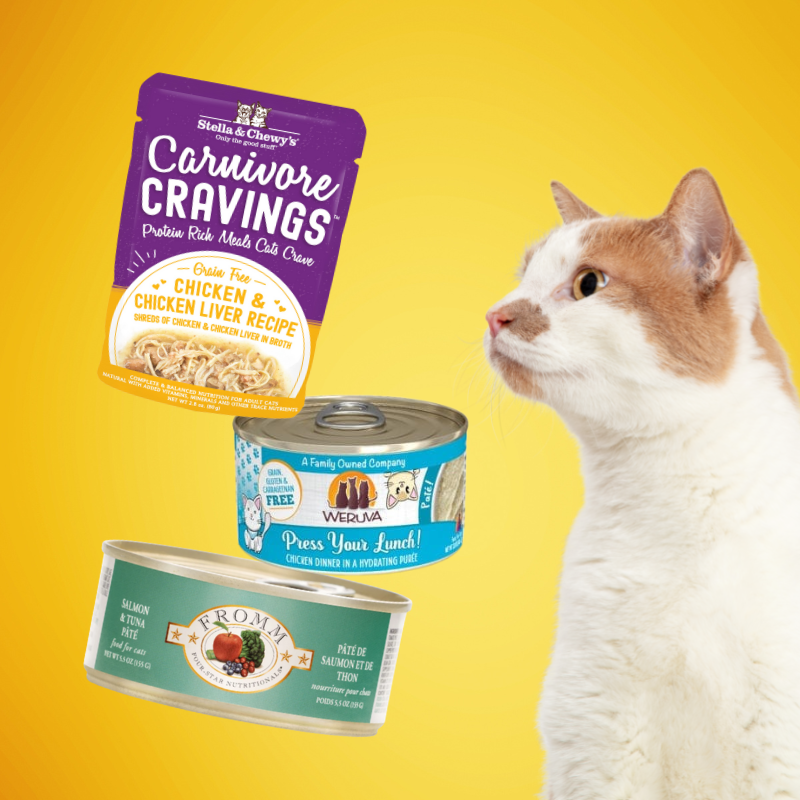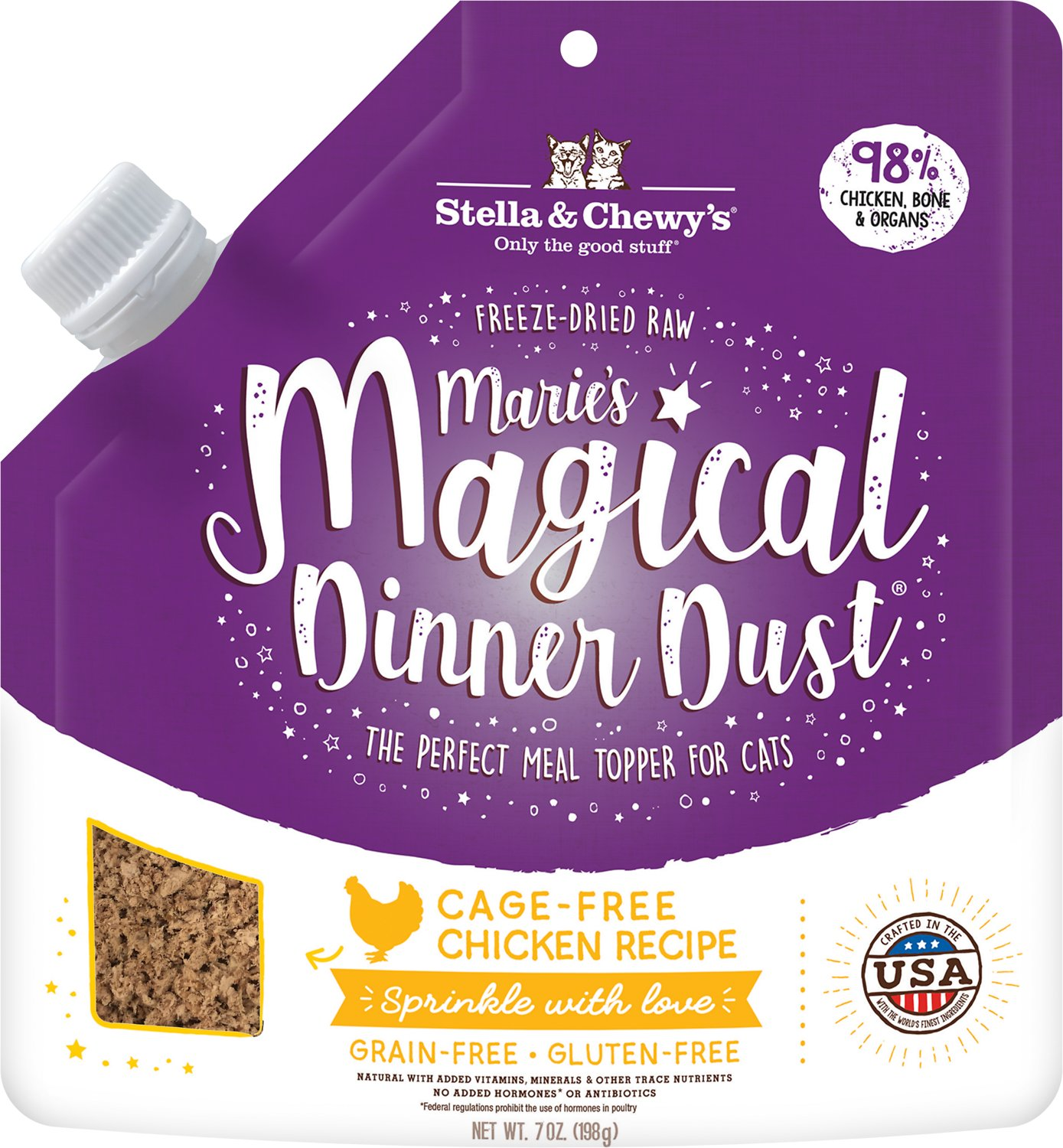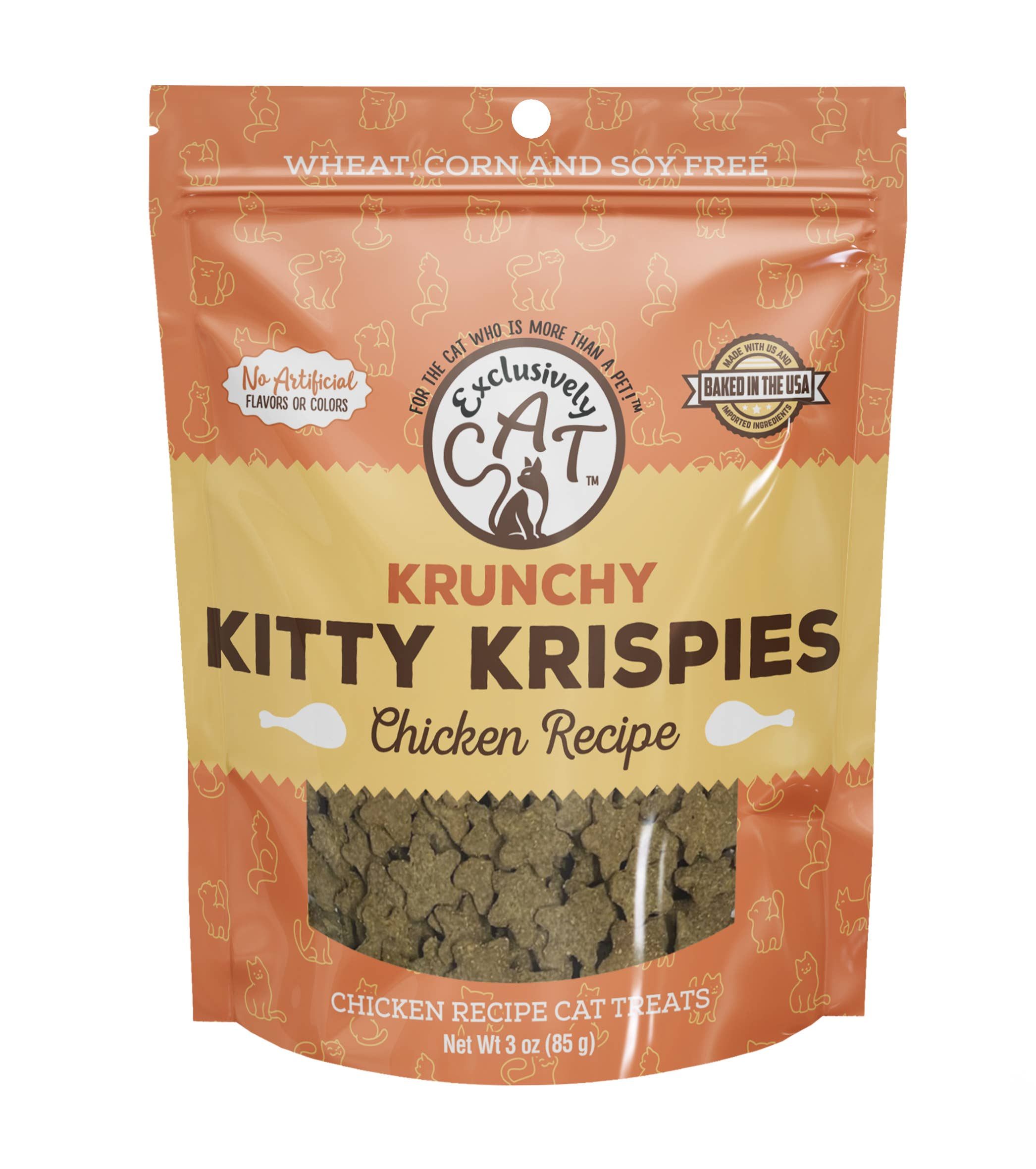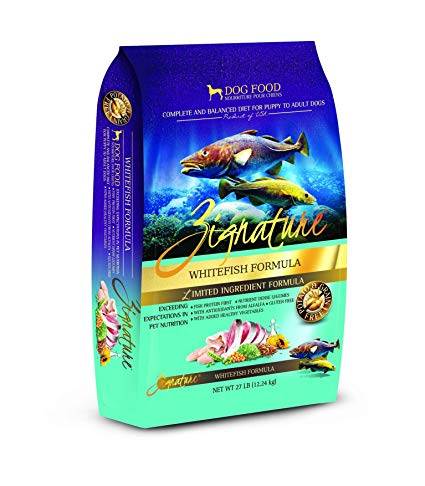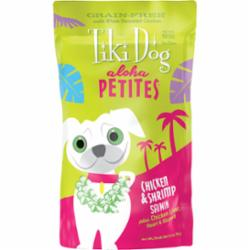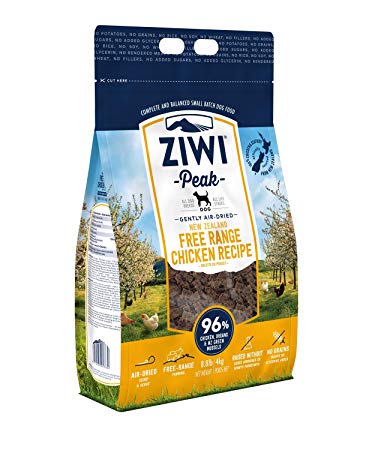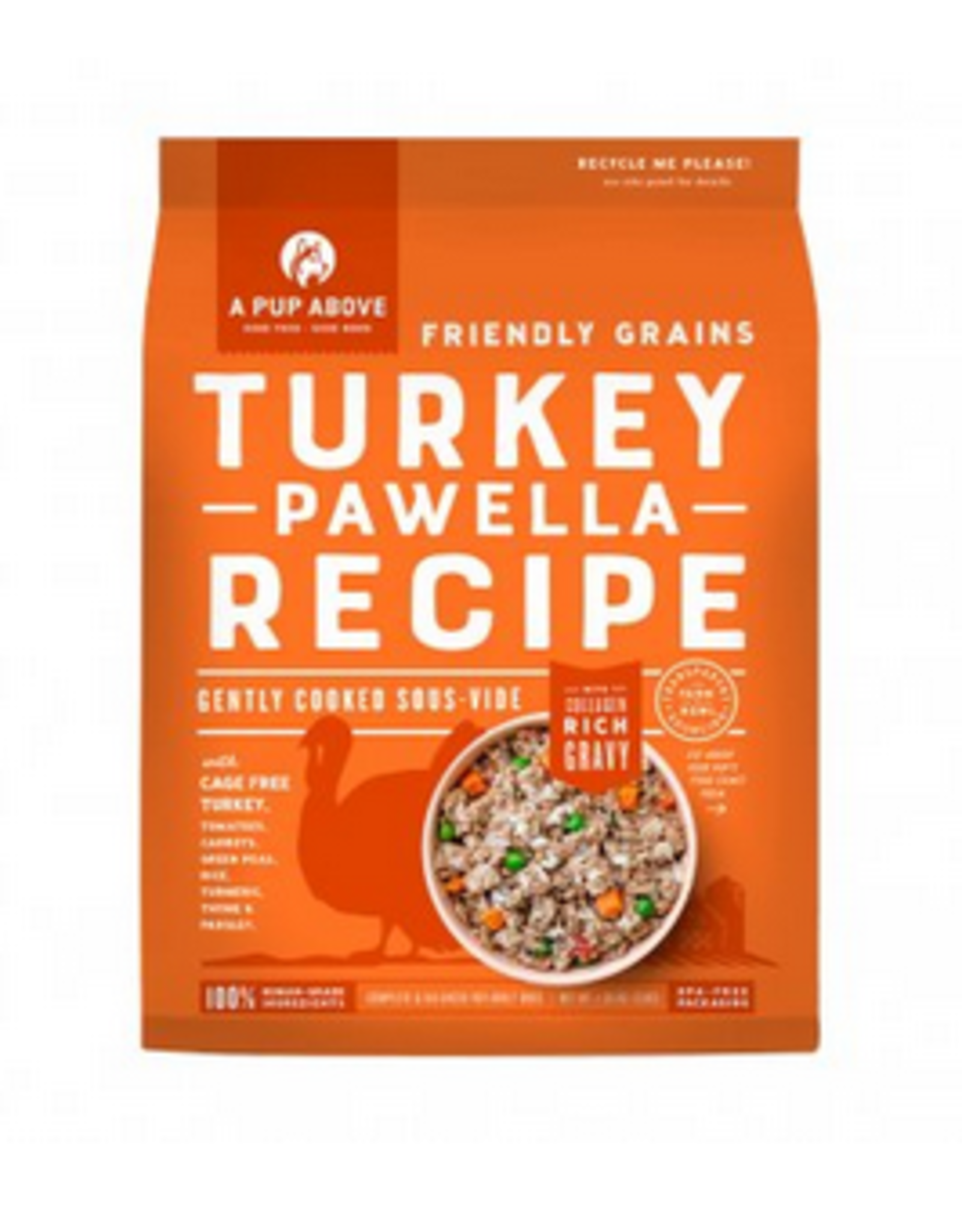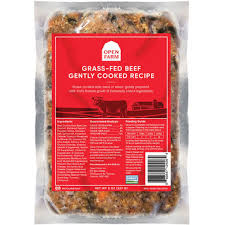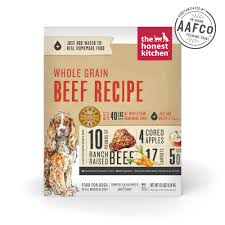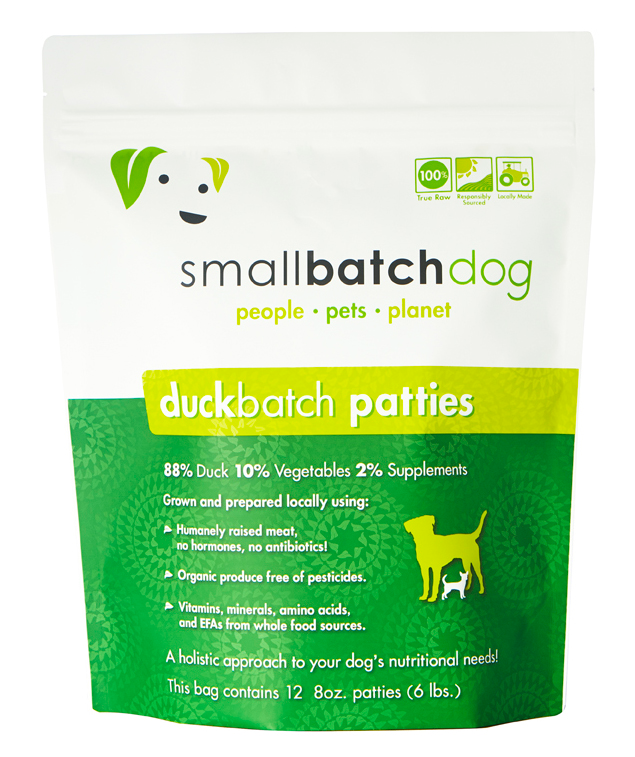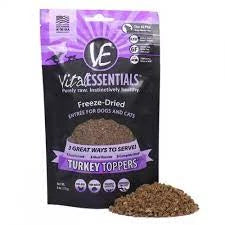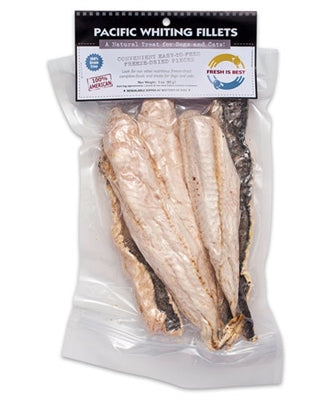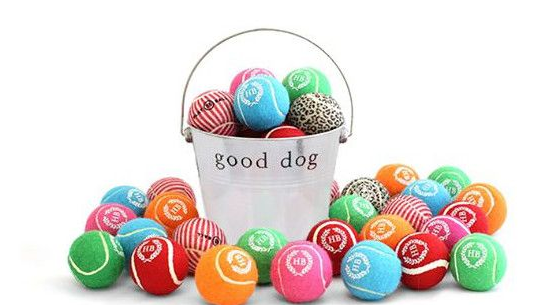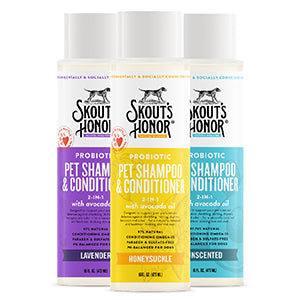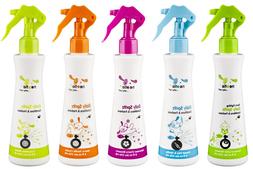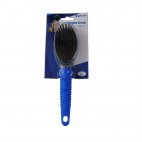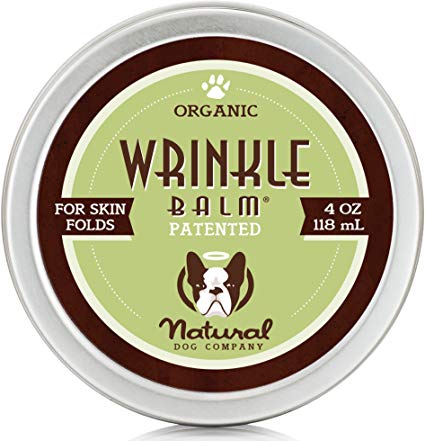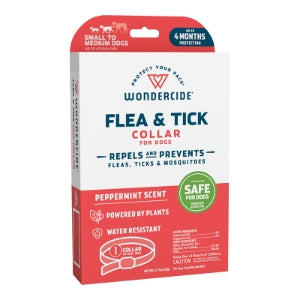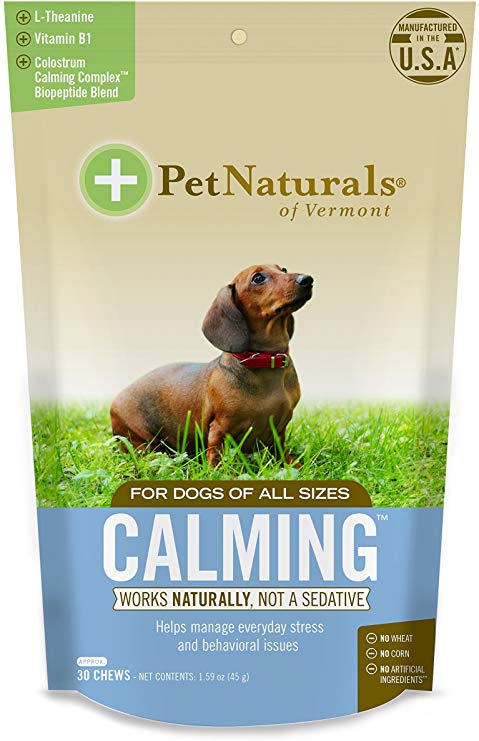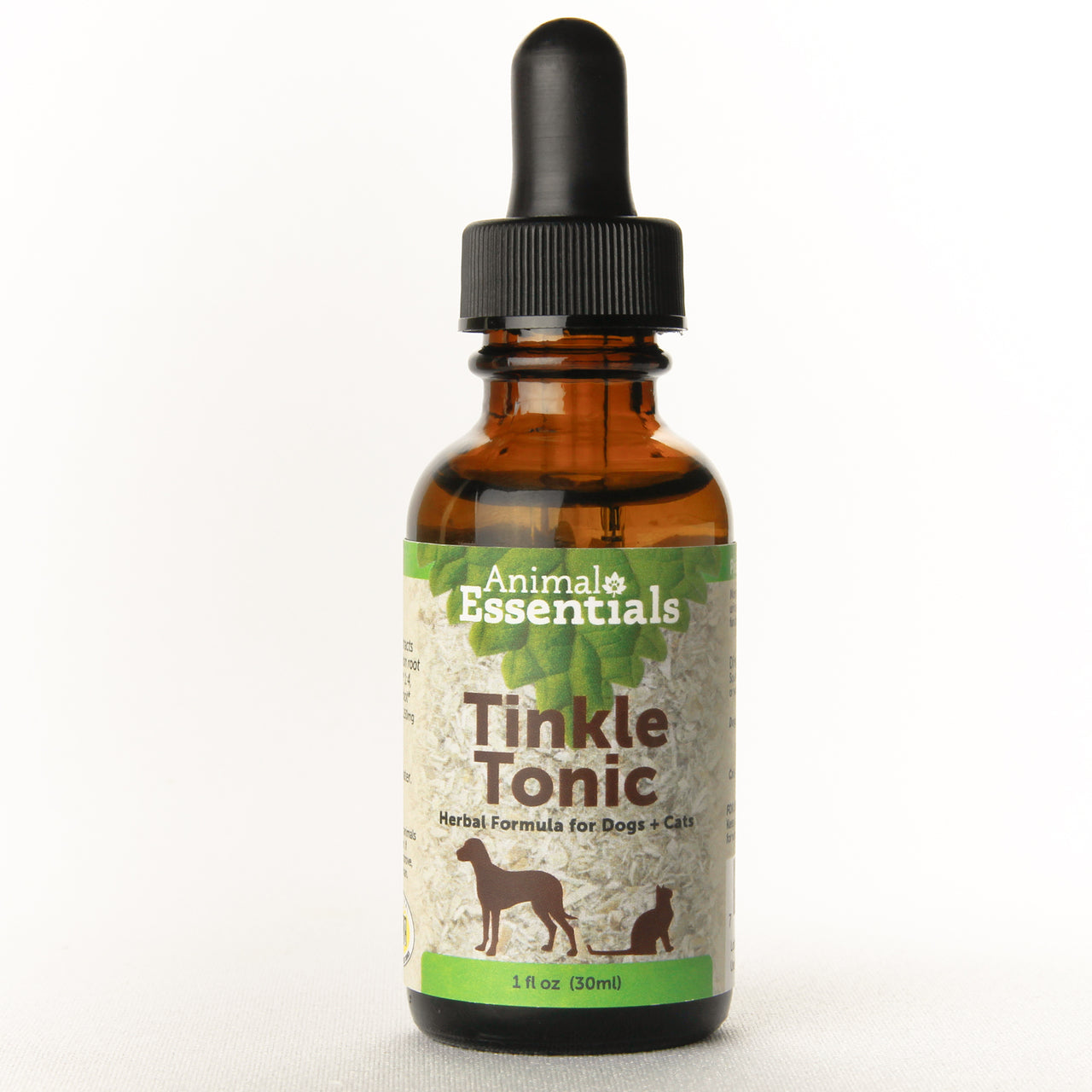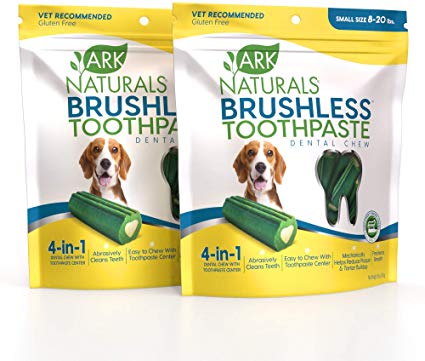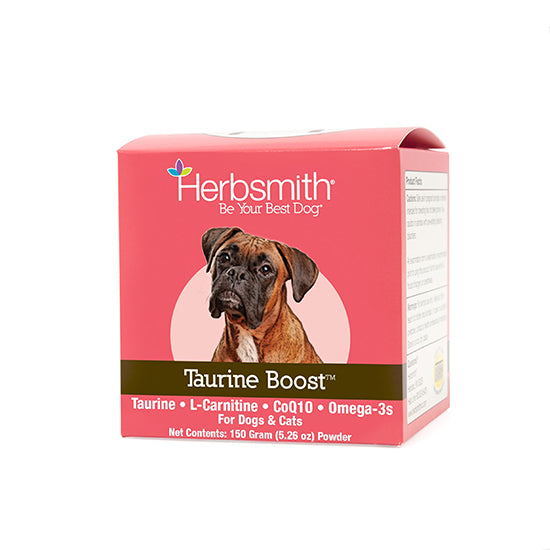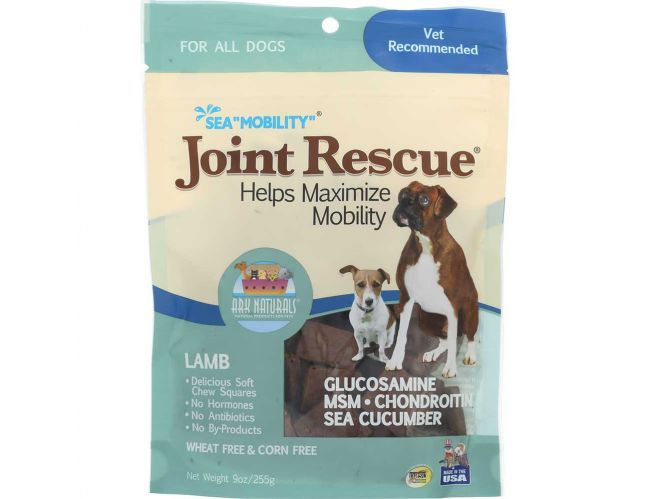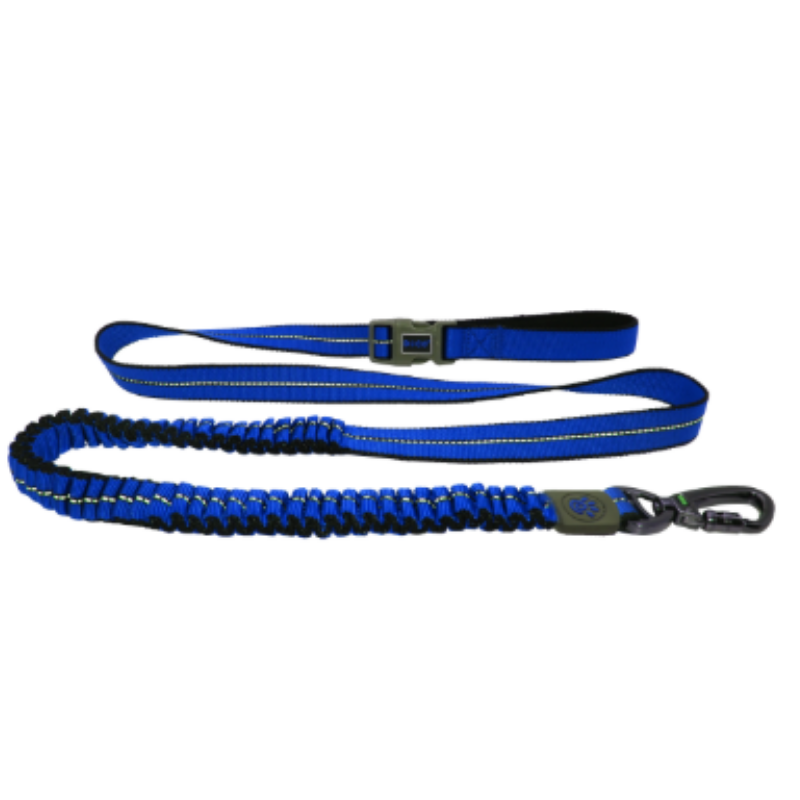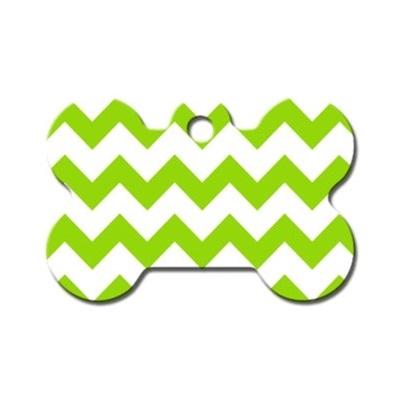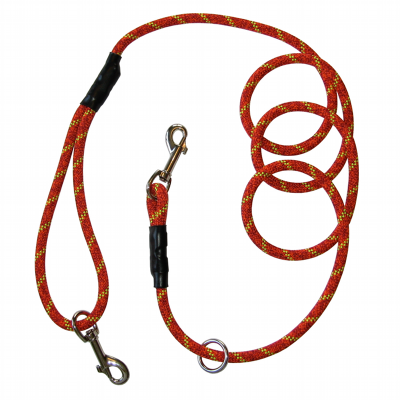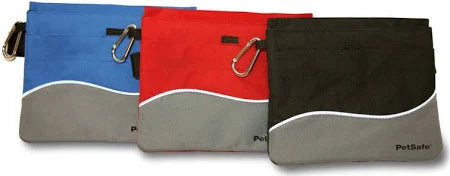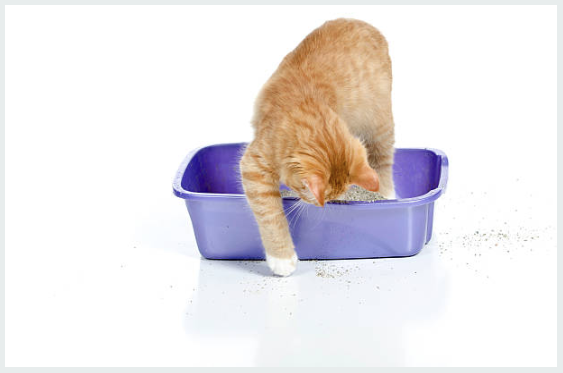When it comes to choosing the right food for your beloved furry friends, understanding pet food labels is crucial. With the rise of premium and specialized pet foods in the market, many pet owners may feel overwhelmed by the myriad of choices available. This comprehensive guide aims to help pet owners navigate the confusing terrain of pet food labels. By understanding the labels, you can make informed decisions that promote your pet's health and happiness.
Why Reading Pet Food Labels Matters
Reading pet food labels provides insights into the nutritional value of the food, ingredients used, and the overall quality of the product. Just as you would read ingredient lists on human food packaging, applying the same scrutiny to your pet's diet can lead to better health outcomes. Dogs and cats cannot express what they need, making it vital that owners become knowledgeable about their dietary requirements.
Understanding the AAFCO Definitions
The Association of American Feed Control Officials (AAFCO) sets the standards for pet food labeling across the United States. Familiarizing yourself with AAFCO's definitions can significantly enhance your understanding of what the labels mean. Here are some essential terms to know:
- Complete and Balanced: Indicates that the food is formulated to meet complete nutritional requirements for pets.
- Animal Feeding Trials: Suggests that the food meets AAFCO's nutritional standards through controlled testing.
- Guaranteed Analysis: Provides a breakdown of the nutrients in the food, including protein, fat, and fiber percentages.
Breaking Down the Label Components
Understanding the components on a pet food label can make a notable difference in your pet’s nutritional intake. Let’s take a closer look at the key elements of the label:
Ingredients List
The ingredients list is typically organized by weight, meaning the first few ingredients make up the bulk of the content. Look for high-quality ingredients, and avoid foods that list “meat by-products” or “fillers” as primary sources. Some ingredients to consider include:
- Whole meats: Look for specific protein sources such as chicken, beef, or fish.
- Whole grains: Ingredients like brown rice or oats can contribute to your pet’s energy levels.
- Fruits and vegetables: Ingredients like sweet potatoes, peas, and carrots are excellent for vitamins and minerals.
Guaranteed Analysis
The guaranteed analysis section provides essential information about the nutrient content of the pet food. This section typically includes:
- Crude Protein: The percentage of protein in the food.
- Crude Fat: The percentage of fat present.
- Crude Fiber: The percentage of fiber, important for digestion.
- Moisture: The amount of water content, usually important in wet foods.
Keep in mind that the guaranteed analysis presents a minimum or maximum percentage, meaning the actual content may vary. Understanding these percentages will help you evaluate if the food meets your pet’s unique dietary needs.
Nutritional Adequacy Statement
Look for a nutritional adequacy statement on the label, which ensures that the food meets AAFCO standards for either growth, maintenance, or all life stages. This statement is often located on the back or side of the package. It guarantees that the food has been formulated to provide the necessary nutrients throughout your pet’s life, which is particularly important for kittens, puppies, and mature pets.
Decoding Pet Food Variety Descriptions
Beyond the basic label components, pet food products may use various terms to describe their offerings. Here are several descriptions you may encounter:
“Premium” and “Super Premium”
These terms often imply higher quality ingredients, but there are no regulated definitions. As a pet owner, it’s essential to look further than the labeling and evaluate the ingredients within the food.
“Natural” and “Organic”
Pet foods labeled as “natural” must have no artificial colors, flavors, or preservatives. “Organic”, on the other hand, means that ingredients must be grown and processed without synthetic fertilizers or pesticides. However, such foods may also be more expensive, so it’s essential to weigh the benefits against your budget.
Special Considerations: Specific Dietary Needs
Every pet is unique, and many may have specific dietary requirements due to age, health conditions, or sensitivities. Here’s how to choose food that accommodates those needs:
Age and Life Stage
Puppies and kittens require significantly different nutrition compared to adult and senior pets. Look for food that explicitly states it’s for your pet's life stage. For instance, puppy food will have higher calorie content to support growth.
Health Conditions
Pets with allergies, obesity, or other health issues may require specialized diets. If your pet has been diagnosed with a health concern, consult your veterinarian for recommendations and look for tailored formulations that support those specific needs.
Food Sensitivities
Some pets may experience food sensitivities that can lead to digestive issues, skin irritations, and other health problems. In such cases, consider limited ingredient diets, which focus on fewer components to alleviate discomfort.
How to Transition Your Pet to New Food
If you decide to change your pet’s food brand or type, it’s essential to transition them gradually to avoid digestive upsets. Here’s a simple guideline to follow:
- Days 1-3: Mix 25% new food with 75% old food.
- Days 4-6: Mix 50% new food with 50% old food.
- Days 7-10: Mix 75% new food with 25% old food.
- Day 11+: Serve 100% new food.
Monitor your pet for any signs of discomfort or allergies during the transition process. Consult your veterinarian if you notice any adverse reactions.
Storing Pet Food Properly
Once you've found the right pet food, it's essential to store it properly to maintain its freshness and nutritional value. Here are some storage tips to consider:
- Keep in the original bag: The packaging is designed to protect the food. Consider sealing it properly to avoid exposure to moisture and air.
- Cool, dry place: Store pet food in a cool, dry place away from sunlight and moisture, such as a pantry or cabinet.
- Airtight containers: If transferring to another container, invest in airtight bins to maximize freshness.
Final Thoughts: Empowering Yourself as a Pet Owner
Understanding how to read pet food labels is an empowering skill that can significantly enhance your pet's health and longevity. With the knowledge acquired from this guide, you can confidently choose the best options for your furry friends. Remember to consult your veterinarian for personalized dietary advice tailored to your pet's unique needs. Your careful consideration of their diet will pave the way for a happy, healthy life for your beloved companions!


